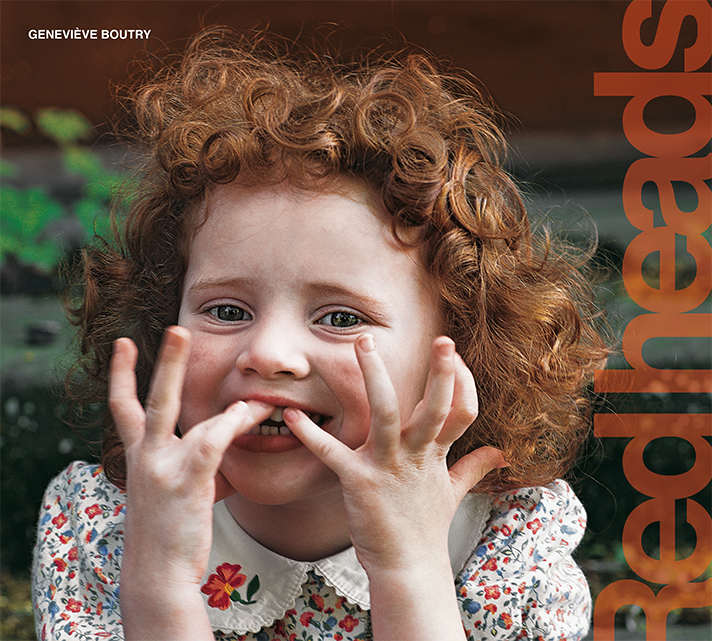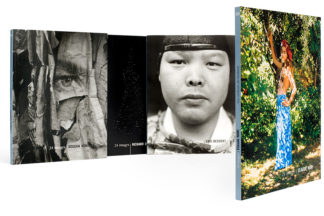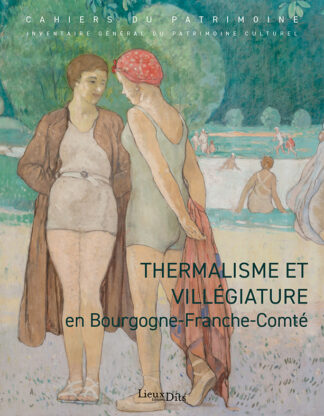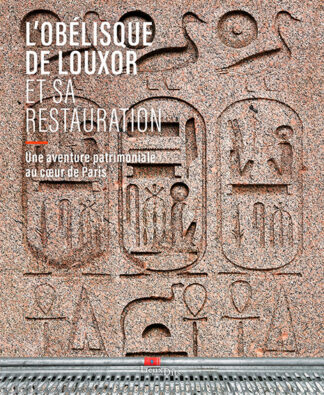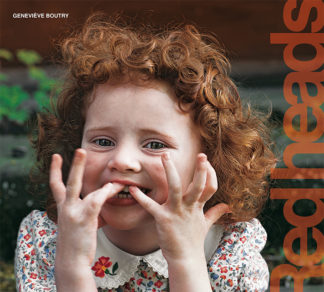Description
Whether it referred to fire or the devil, red hair always had an evil connotation during the Middle Ages: redheads were considered as sorcerers or witches, often persecuted and even sometimes burned. Today, red hair is attractive, mysterious, yet still troubling and never leaves anyone indifferent. For those who have this hair colour, it is either a source of hardship or a reason to surpass themselves but, no matter what, it shapes their character.
As a gesture of sympathy for the history attached to this minority and its difference, Geneviève Boutry has been photographing redheads for twenty years. Her troubling work is now enriched with reflections on the subject as well as testimonies by her models, which casts a new light on red hair by getting closer to those living with it.
Auteurs
Photographs : Geneviève Boutry
Texts : Xavier Fauche, David Le Breton,
Jean-Laurent Vonau, Joël Delaine.
Many testimonies of RedHeads.
French English bilingual book
Translation : Béatrice Waggaman
Sommaire
p. 8 Le regard de l’Autre… Préface de Valérie André
p. 14 The Gaze of the Other… Foreword from Valérie André
p. 20 Proximité au soleil David Le Breton
p. 26 Proximity to the Sun David Le Breton
p. 32 Le monde des roux et des rousses Jean-Laurent Vonau
p. 36 A Red Haired World Jean-Laurent Vonau
p. 40 De la rousseur dans l’art Joël Delaine
p. 46 Red Hair in Art Joël Delaine
p. 106 « Pour toi non plus, Xavier, ça n’a pas dû être facile… » Xavier Fauche
p. 112 “It must not have been easy for you either, Xavier…” Xavier Fauche
p. 118 Quelques reflets roux dans une vie Annick Maziers
p. 122 A Life Colored by Red Annick Maziers
Fiche technique
Release : Octobre 2014
Hardcover with dust jacket and flexible package
Format : 24 x 22 cm
192 pages
88 photographs
